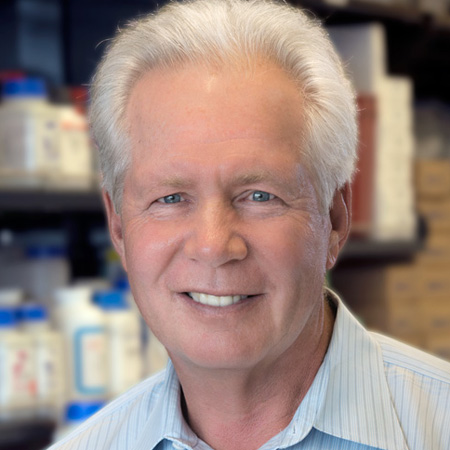I moved to San Francisco to launch the study of HIV/AIDS at the Gladstone Institutes some two decades ago, when I was also an attending physician at San Francisco General Hospital. And it was there that I watched helplessly as every one of my patients died of AIDS. There wasn't a thing I -- or any doctor -- could do about it.
At that time, we scientists were struggling to get adequate research funding. Fortunately, the local community demanded more. Thanks in part to their help, antiretroviral medications soon hit the market-and have since saved millions of lives.
The bad news today is there's a new but related disease that, like HIV/AIDS, is contagious, prevalent and persistent. It's commonly known as AIDS fatigue.
The cruel irony is that our wonder drugs have been so effective that some think this epidemic is solved. Many have stopped caring about AIDS or have dropped their guard. New infections among young gay and bisexual men increased 22 percent from 2007 to 2010. The epidemic is spreading everywhere and now infects more women than men. No one is spared. Children make up more than 9 percent of the 35 million people infected with HIV. And last year, AIDS-related diseases killed 1.6 million people -- the rough equivalent of killing every man, woman and child in a city twice the size of San Francisco.
So on World AIDS Day, I hope San Franciscans will again take the lead-this time to fight AIDS fatigue. We should be proud of our tremendous progress against HIV/AIDS. But more is required. We urgently need a vaccine and solutions for those dying early from the premature onset of diseases of normal aging. And once and for all, we need a cure. On December 1, we need to recover from AIDS fatigue.
